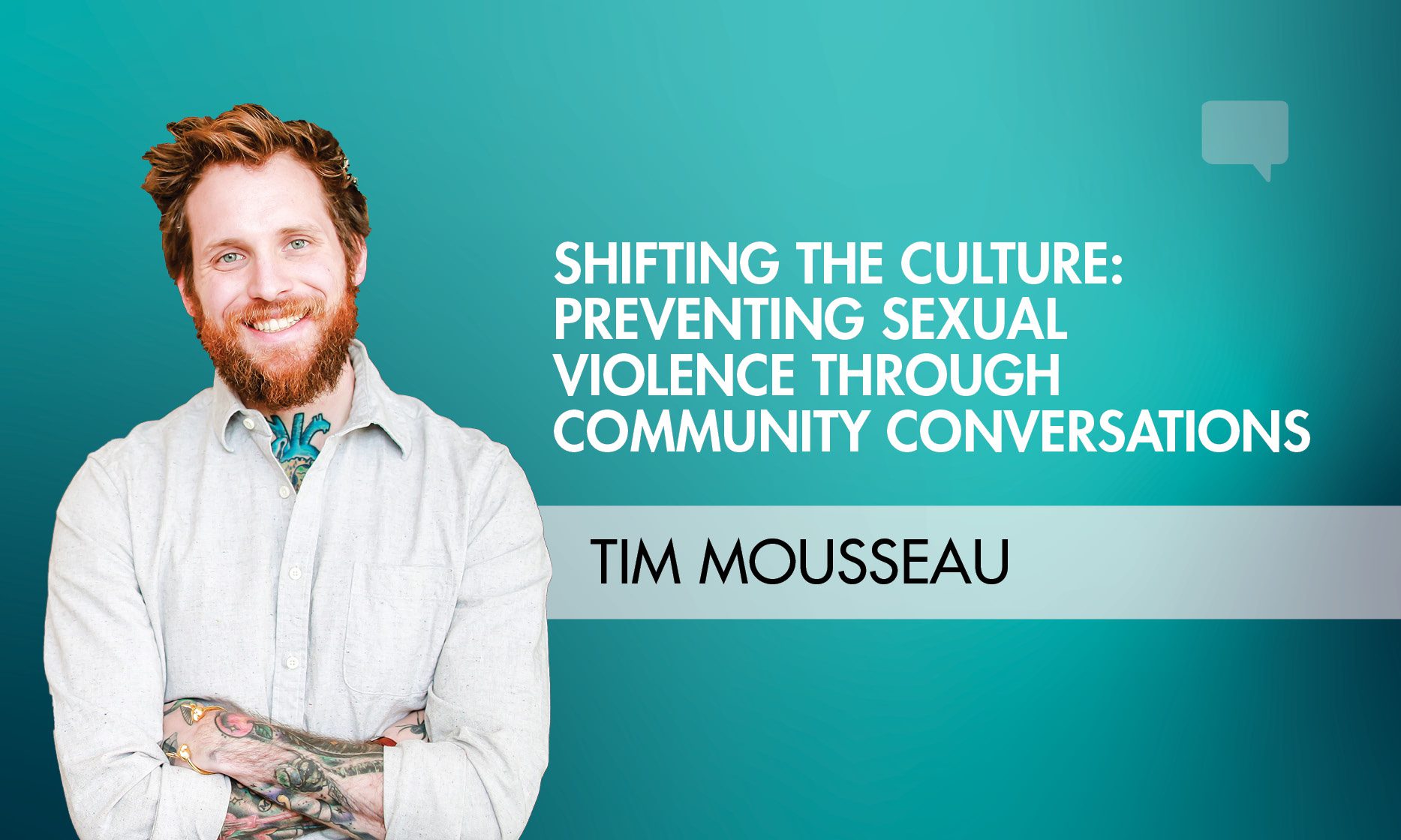
Shifting the Culture: Preventing Sexual Violence Through Community Conversations
In our quest to lead sexual violence prevention efforts, it’s imperative to delve beyond the surface and examine the broader societal and cultural factors at play. This is a central theme in my keynote, Retaking Our Story, where I emphasize the significance of community conversations in reshaping our collective understanding and response to this pervasive issue.
Often, discussions around sexual violence focus solely on individual perpetrators or watching out for outright evidence of violent and predatory behavior. However, where such perspectives are critical, they fail to acknowledge the intricate webs of beliefs, norms, and values that can influence individual and group behaviors. By only focusing on distinct predatory behavior or the most egregious types of sexual violence, we risk missing early opportunities for active bystander intervention, including having difficult conversations with people we know in our communities about their actions and underlying beliefs. Further, the approach of only watching out for “bad people doing bad things” can create a degree of cognitive dissonance. It is easy to fall into the trap of thinking that because we want to be good people and surround ourselves with others who are also good people, no one we know could ever be responsible for committing or contributing to behaviors that perpetrate sexual violence.
Instead, we must recognize that sexual violence doesn’t occur in a vacuum; it’s deeply intertwined with societal attitudes toward relationships, consent, and gender roles. From outdated notions of masculinity to societal expectations regarding sexual behavior, these factors contribute to an environment where sexual violence can occur.
By fostering cultures where such behavior is deemed unacceptable and equipping individuals with the skills to engage in difficult conversations, we can begin to address the root causes, such as harmful beliefs, cultural myths, and group values that also contribute to sexual violence. These conversations require a collective effort to challenge harmful norms, educate ourselves and others, and promote a culture of respect, consent, and accountability.
Personal anecdotes serve as poignant reminders of the power of community conversations in effecting change. I recall a sobering encounter with a member of an athletic team who expressed remorse for his complicity in perpetuating a culture of misogyny and disrespect. His story underscores the ripple effect of our actions and the importance of speaking out against harmful behavior early before beliefs or norms catalyze into action. Where such conversations can be difficult, especially because they occur with people we know and have existing friendships or relationships with, the impact of such early, preventative action cannot be understated. The best form of bystander intervention occurs well before any form of sexual violence at any level of severity emerges. And by intervening with people we know, there is a much more significant opportunity to provoke long-term change.
Ultimately, each of us has a role to play in shifting the culture surrounding sexual violence. Whether it’s challenging harmful beliefs, speaking up against inappropriate behavior, or promoting inclusive and supportive communities, we all have the power to effect change. In closing, I urge us to recognize the power of our words and actions in shaping the world we inhabit. Let us engage in honest and open conversations, confront uncomfortable truths, and work towards a future where sexual violence is no longer tolerated. Together, we can build a safer and more equitable society—one conversation at a time.
*****
Tim Mousseau combines original research with powerful stories grounded in personal experiences to guide important conversations on sexual violence prevention that will leave students inspired to combat sexual violence and provoke change. His signature keynote “Retaking Our Story” is one of the most sought-after programs in sexual violence prevention and has been featured on over 350 campuses nationwide.
